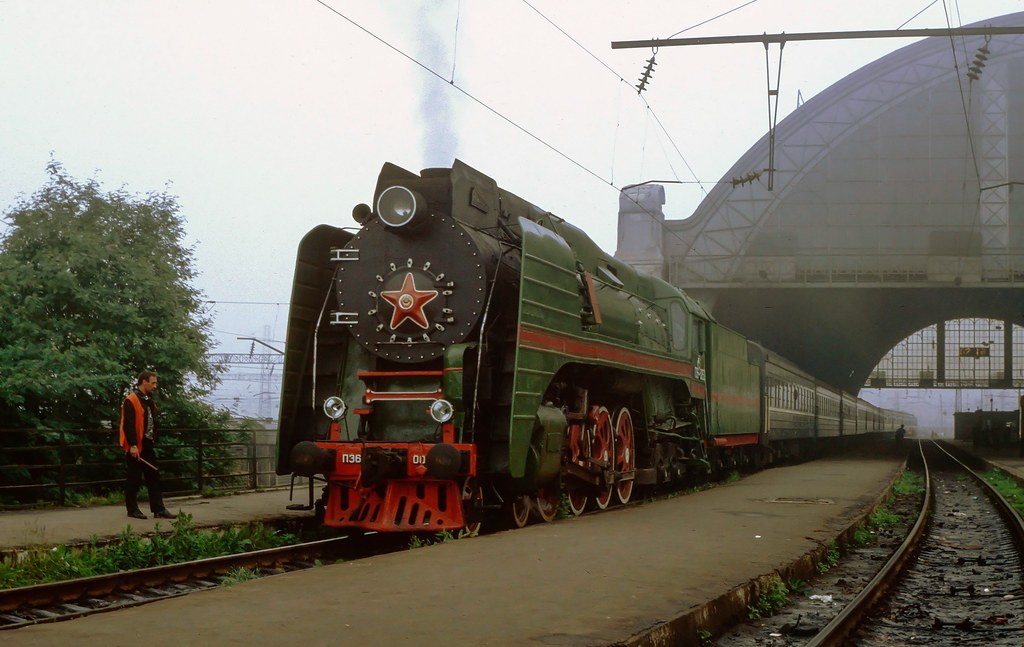#korosten
Text
The city of Korosten burned out,
burned from head to bottom.
Spoiled wild birds flew away
scared. No more deer left,
only people died.
All the houses were cindered.
There’s no stone left to turn
and break your fucking face.
Original (UKR)
3 notes
·
View notes
Text
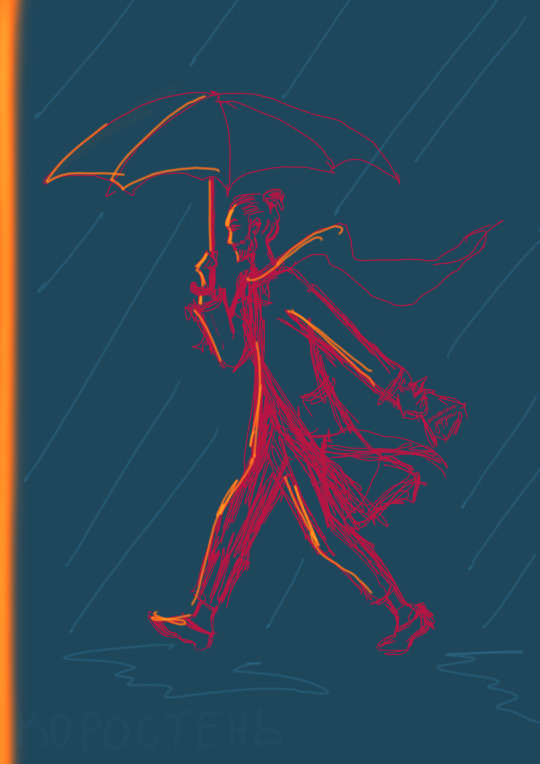
🔥day 2: коростень🔥
scurry
1 note
·
View note
Photo
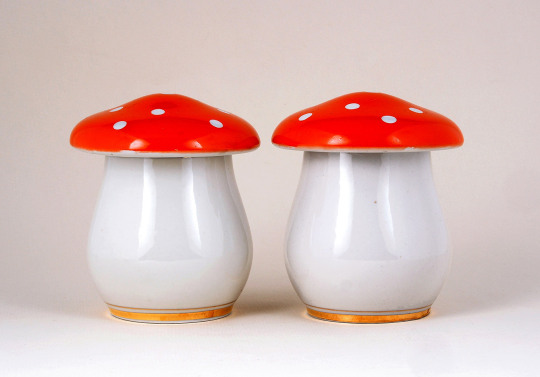
A pair of mushroom-shaped porcelain knicknack boxes. Made at Korosten Porcelain Factory (Ukraine, 1960s).
470 notes
·
View notes
Text




Postsoviet vibe (2) (3) (4) by Wisp
Via Flickr:
(1) Home atmosphere, Vynnyky.
(2) Panel home, Korosten.
#buildings#houses#panel home#dogs#dim light#darkness#evening#nighttime#antenna#fences#ukraine#zhytomyr oblast#lviv oblast
20 notes
·
View notes
Text
Palace of the Lopukhin
Located on an island in the middle of the Ros River. City of Korosten.Ukraine.

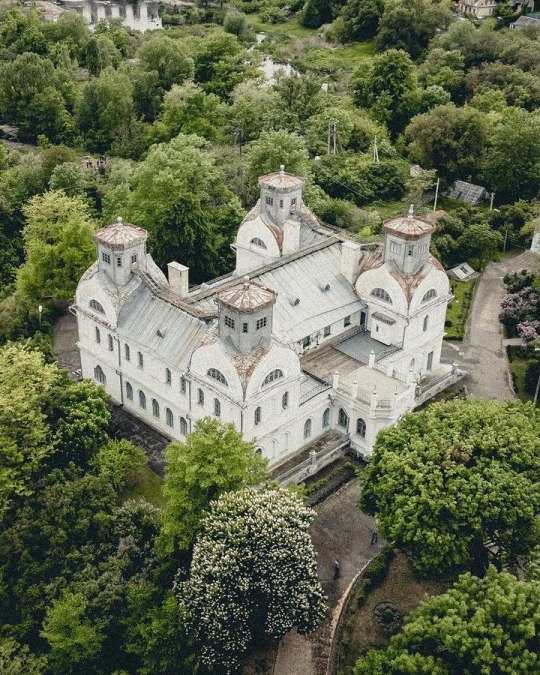
It was built in 1789 by Prince Stanisław Poniatowski, its architecture, in the neo-Gothic style, looks stunning. Of particular note are the entrance gates, executed in the spirit of French defensive architecture. Many contemporaries note that the palace (along with the adjacent territory, park) was long considered one of the richest in Europe.
Founded in 1782 and intended as his own summer residence. In fact, the building was erected on the remains of a fortress of Polish princes, which was built on the Ancient Rus' hillfort of the town of Korosten. Initially, talented architects named Lindsay and Muntz worked on the building project. With the participation of Prince Lopukhin, the exterior of the building was significantly transformed – separate features of romanticism, classicism, supplemented with elements of Gothic, appeared. Fortunately, the revolutionary events of those times did not affect the integrity and present beauty of the palace. To this day, it has survived practically in its original form. The history of the property is controversial.


Lopukhin, in 1799, purchased the estate from the Polish leader Stanisław Poniatowski, giving him 10,000 rubles in silver. A corresponding decree was separately prepared. It stated that along with the palace, trees, lands, crockery, library, and garden were transferred. One of the heirs of the estate was the most enlightened Prince Nikolai Petrovich Demidov. If the former owners of the object had enough income not only for living but also for maintaining the entire economy, then the newly minted owner began to experience significant financial difficulties. The situation was exacerbated by the abolition of serfdom, the improper lifestyle of Nikolai Petrovich. Even the work of two sugar factories of his own did not save the situation, despite the fact that other industrialists made good money on similar enterprises. It got to the point that by 1897, Lopukhin-Demidov was forced to take out a loan of 2.5 million rubles. The estate, which was estimated at that time at 4,167 thousand rubles, was mortgaged. Such significant "infusions" did not change the situation. Therefore, the prince decided to transfer his debts to the state. In 1901, he applied for guardianship of the estate in order to reduce the total debt. The historical importance of the palace, its integrity played a positive role in this matter.

By 1902, the unfavorable condition of the estate served as an impetus for its sale, transfer to the state balance. The lack of working capital, excessive indebtedness, the obligations of the Lopukhin-Demidov family contributed to the activation of this process. Numerous efforts did not allow getting rid of debts. Again, in 1907, the palace was laid down for another 66 and a half years. The composition of the guardianship management changed several times, while the total debt continued to grow. The situation began to get out of control, and Nikolai Petrovich turned to the emperor for help. It turned out that the cause of all the troubles was the manager, whom they did not prosecute after proving his guilt. Nikolai Petrovich planned that within the next three to four years, he would be able to settle private debts, a little later – with the rest. At the end of 1910, the Most Enlightened One died. His wife applied for the preservation of guardianship over the inheritance. The descendants of Lopukhin-Demidov (sons) rarely visited the estate, preferring other countries.
The estate went through a difficult time during World War II, in 1944. In Korosten, the 80-thousand-strong army of German invaders was based, who were successfully "knocked out" from their positions .For this operation, the city was awarded the Order of the 1st degree. By February 14, the city was completely liberated from the fascists. Today, there is a thematic museum in the estate dedicated to the Great Battle.

#architecture#ukrainians on tumblr#beautiful architecture#beautiful places#historic architecture#ukraine#ukrainians#castle#ukrainian castle#ukraine history#architectural heritage
7 notes
·
View notes
Text

Malusha Malkovna was allegedly a servant for Olga of Kiev and concubine of Sviatoslav I of Kiev. According to Slavonic chronicles, she was the mother of Vladimir the Great and sister of Dobrynya. The Norse sagas describe Vladimir's mother as a prophetess who lived to the age of 100 and was brought from her cave to the palace to predict the future. There are monuments of Malusha with her young son, Vladimir, in Korosten, Ukraine.
4 notes
·
View notes
Video
Soviet streamliner П36-0050 at L'viv Glavny. Ukraine. por Adrian Nicholls
Por Flickr:
The Russian "Victory" class 4-8-4 express passenger locomotives were the last mainline express steam locomotives built for SzD Soviet Railways, 251 being built between 1950-56 by Kolomna. The designation P36 was actually the locomotive works project number for the type but it became the class number when the locomotives went into production. The "П" or P as it is in latin script was significant as they became nicknamed 'Pobeda' or "Victory" class engines. П36-0050 based at Korosten depot is seen at L'viv Glavny with the UK LCGB (Locomotive Club of Great Britain) "Beskid Wanderer" railtour. With the early morning mist lifting over the gloom of L'viv's main station the train was running as the 06.11 Bryukhovichi to Khyrov (Chirov).
15 notes
·
View notes
Text
0 notes
Photo
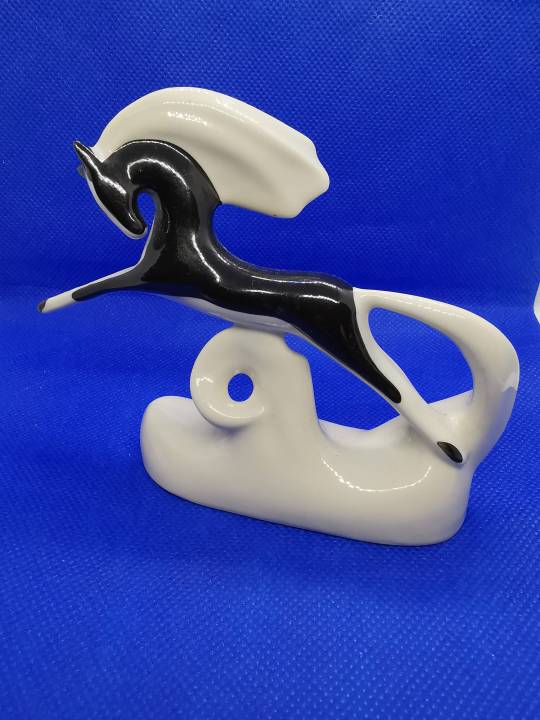
#korosten #korosten #foal beautiful horse statue figurine http://nemb.it/p/L8kYPfPxE
0 notes
Text
Місто Коростень згоріло геть,
згоріло з голови до низу.
Розбещені дикі птахи розлетілись геть
налякані. Оленів більше не лишилось,
помирали тільки люди.
Усі будинки запеклись в пісок.
Не залишилось й цеглини на цеглині,
щоб розбити тобі їбало.
ENG
3 notes
·
View notes
Photo

Korosten by Oleksiy Rysyuk https://www.artstation.com/artwork/48y1ZW
3 notes
·
View notes
Video
youtube
День Деруна - ✦ Коростенский фестиваль 2021
0 notes
Text
The Grand Princess Olga of Kyiv
One of the most famous Ukrainian women in history Olga [sometimes Volga, Helga, or Olena, Elena] (around 900-925) of Kyiv was a ruler and a saint.
Born in Pleskov of Varangian (Viking, thus Swedish) origin and married at 15 years old to Prince Igor I of Kyiv, Princess Olga spent most of her life in Kyiv, then the center of the Rurik dynasty and now the capital of Ukraine. At the time of her husband's reign, Kyiv was the center of the Kyivan Rus, a loose tribal federation, which fought with (meaning sometimes as allies and sometimes as enemies) the Drevlians
When the Drevlians stopped paying tribute and killed Igor, Olga began to lead as regent on behalf of her son Sviatoslav (then three years old). The Drevlians attempted to force Olga into marriage with Prince Mal, the man who murdered her late husband. Pretending to go along with it, Olga instead had the Drevlian ambassadors buried alive. Then she asked the Drevlians to send their best men, to escort her with honor, and she locked them in a bathhouse and set them all on fire. Then she got them to send a third of contingent of important Drevlian men, who she had murdered. Then she got together her army and went to war against the Drevlians, where she won rather easily, except the city of Iskorosten (now Korosten, Ukraine). She promised to end the siege for the small price of three birds from every house, and then sent those birds back ablaze and the city burned down.
Olga's revenge quest is her most interesting story, but it is worth noting that, as Ukraine's first female ruler, she was an excellent stateswoman. She expanded the lands she ruled and revamped the tribute system (the first known legal reform in all of Eastern Europe!), evaded more marriage proposals, established hunting grounds, towns, and trading posts.
She converted to Christianity and is venerated as a saint in the Eastern Orthodox Church.
#history#world history#badass women#warrior women#women's history#olga#kyiv#olga of kiev#ukraine#ukrainian history#catholicism#religious history#tw death#tw war
194 notes
·
View notes
Photo

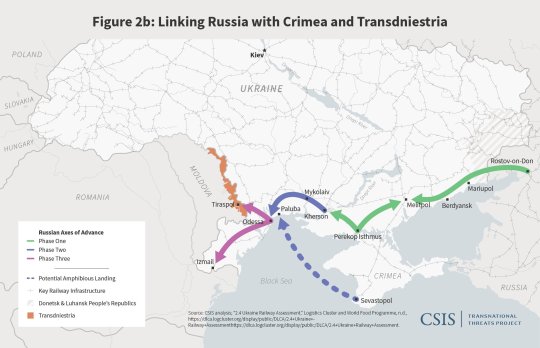

Russia’s Possible Invasion of Ukraine | Center for Strategic and International Studies
The scheme of maneuver of a Russian military invasion of Ukraine will likely be influenced by which of the above political goals the Kremlin wishes to achieve, the geography of the land and cities to be fought over, and the transportation routes to bring up logistics. If the Kremlin wishes to exercise options three, four, or six, and taking into consideration primary geography and logistics, there are three likely axes of advance to seize Ukrainian territory east of the Dnepr River, with the river as either a limit of advance or the first phase line of a larger invasion.
Northern Route: Russia could advance toward Kiev along two routes. The first would be 150 miles by road through Novye Yurkovichi, Russia; Chernihiv, Ukraine; and into Kiev, Ukraine. The second would be a 200-mile thrust through Troebortnoe, Russia; Konotop, Ukraine; Nizhyn, Ukraine; and into Kiev.6 If Minsk were to acquiesce to the use of its road and rail networks, the Russian army could outflank Ukrainian defenses around Kiev and approach them from the rear via a 150-mile axis of advance from Mazur, Belarus, to Korosten, Ukraine, and finally to Kiev.
Central Route: Russia could also advance due west along three routes. The first might include a 200-mile axis that moves through Belograd, Russia; Kharkiv, Ukraine; Poltava, Ukraine; and finally to Kremenchuk, Ukraine. The second might include a 140-mile axis thrust through Donetsk, Ukraine to Zaporizhzhia, Ukraine; and possibly also another thrust from Donetsk to Dnipro, Ukraine. The third might involve Russian forces advancing along the coastline toward Mariupol, Berdyansk, and the Perekop isthmus connecting Crimea to Ukraine.
Southern Route: Russia could also advance across the Perekop isthmus to take Kherson and the source of freshwater for Crimea and simultaneously toward the vicinity of Melitpol to link up with Russian forces advancing along the coast of the Sea of Azov. If Russia was to attempt option five, this would be the main attack coupled with the assault along the coastline toward Mariupol and Berdyansk. But it would be hardest to sustain logistically due to the lack of a railway running along the Sea of Azov coast and the main direction of advance.
Figure 2 highlights possible invasion routes. All of these routes, except the coastal one, parallel existing rail lines. This is essential since Russian army logistics forces are not designed for large-scale ground offensives far from railroads. If Russia’s objectives include denying Ukraine future access to the sea, it will have to seize Odessa. Some predict that this would be accomplished via amphibious and airborne landings near Odessa, which link up with mechanized forces approaching from the east. If Russia intends to conquer the entire country, its forces would need to seize Odessa (whose port facilities would ease Russian logistics) and also cross the Dnepr River at several points to march and fight an additional 350 to 700 miles further west to occupy all of Ukraine up to its borders with Poland, Slovakia, Hungary, Romania, and Moldova.
6 notes
·
View notes
Text
Korosten
UKR
Warning: this is a tricky one. In order to keep my face I've changed one word in a poem. I hope you'll find it and restore original meaning by yourself.
The city of Korosten burned out,
burned from head to bottom.
Spoiled wild birds flew away
scared. No more deer left,
only people died.
All the houses were cindered.
There's no stone left to turn
and break your damned face.
2 notes
·
View notes
Photo

Неодноразово, кожен із нас зустрічався із лінощами, коли підходив час йти на #тренування. Сьогодні ми поділимося секретами, як побороти цей стан і продовжувати підтримувати себе у формі! Найпростіший спосіб вирішити цю проблему - знайти собі персонального тренера. Хороший #тренер буде відповідально ставитися до вашої відвідуваності, він може дзвонити, писати смс або електронні листи, призначати тренування. Якщо в звичайній ситуації ви, може б, і полінувалися йти займатися спортом, та з тренером у вас буде певна домовленість, порушити яку вже складніше. #strom #stromwear #sportwear #fitness #fitnessblog #motivation #followme #like4like #lifestyle #sport #trainings #exercise #coach #lazy #fight #changes #health #rythm #lifestyle #healthychoices #chervonohrad #kalush #pervomaysk #korosten (at Dnipro)
#pervomaysk#fight#тренування#kalush#korosten#healthychoices#coach#motivation#fitnessblog#trainings#health#stromwear#like4like#lifestyle#lazy#chervonohrad#exercise#sport#sportwear#fitness#followme#changes#rythm#strom#тренер
0 notes
